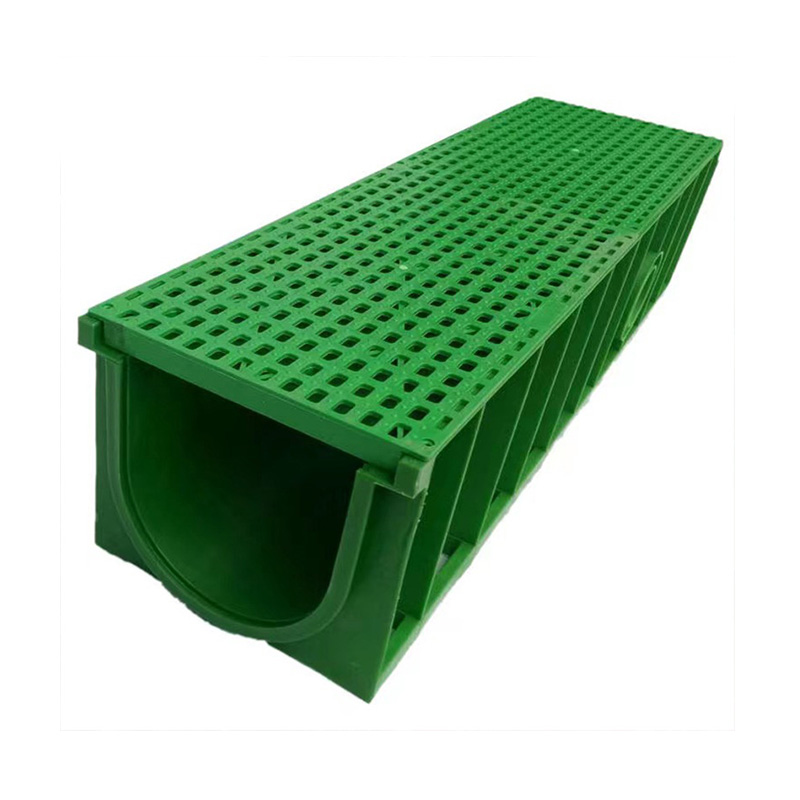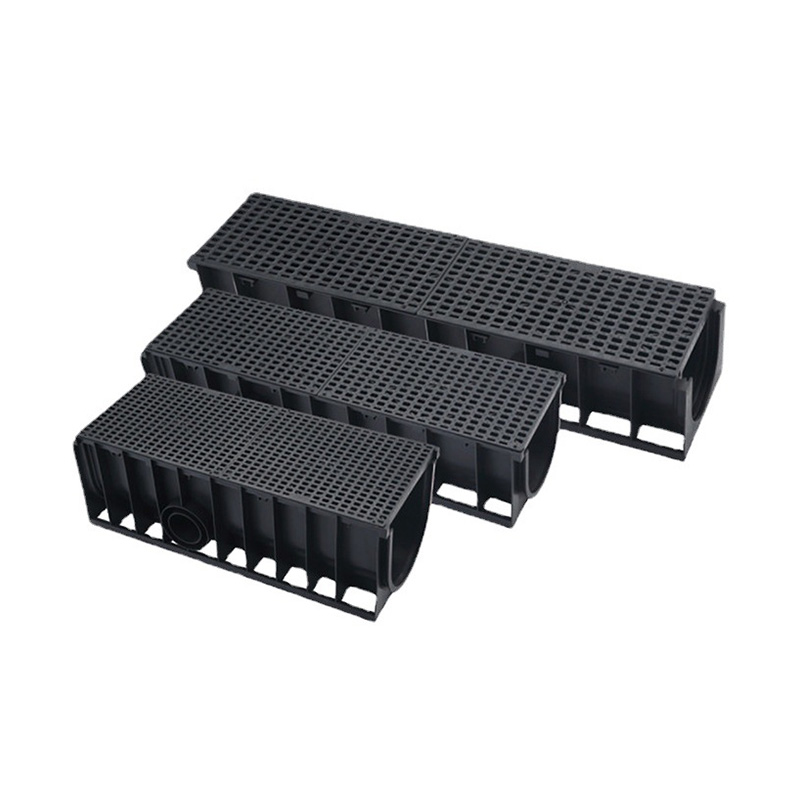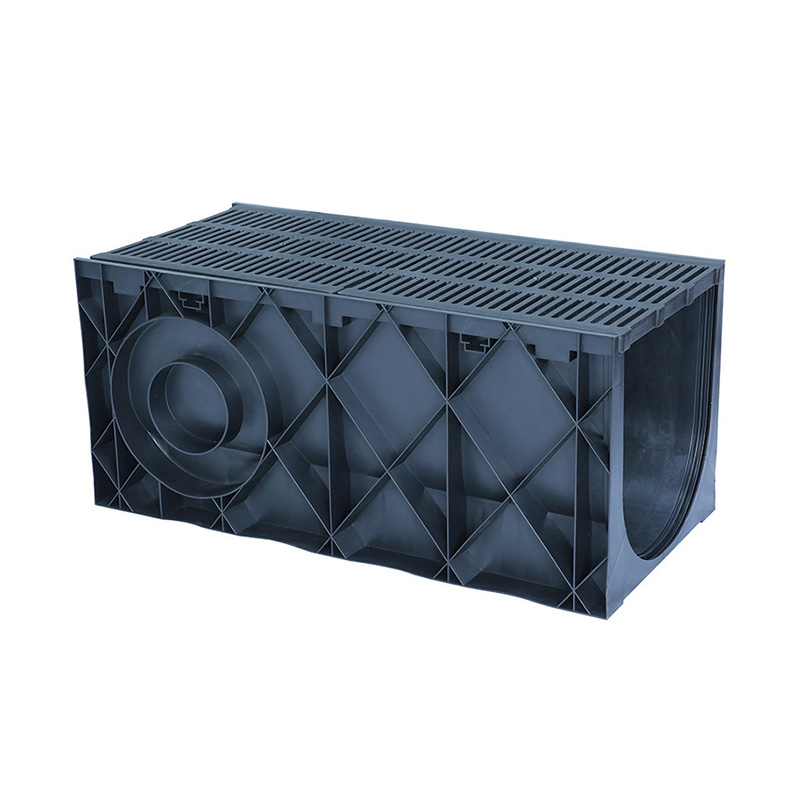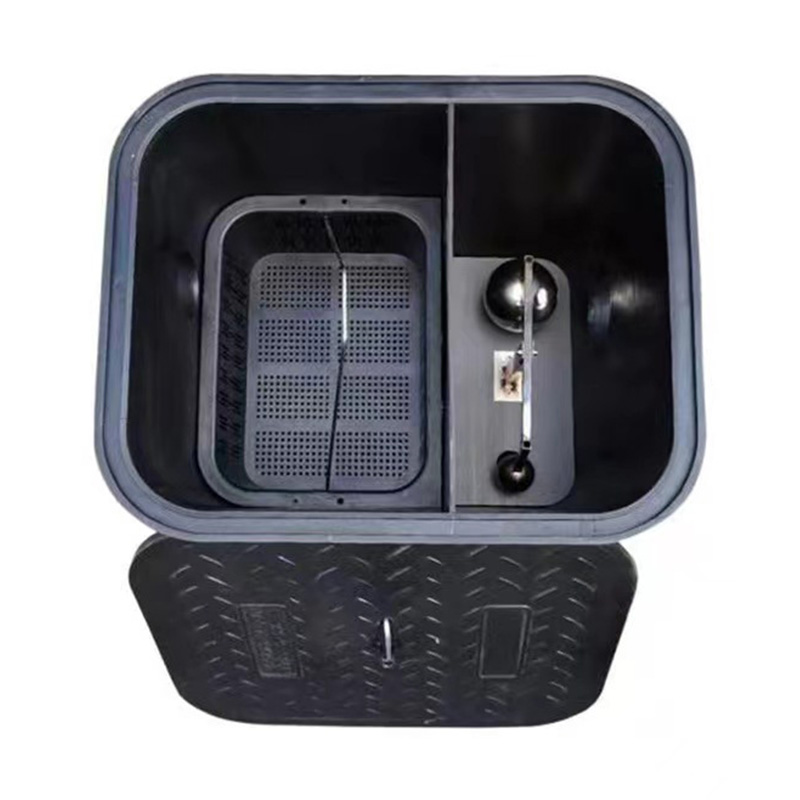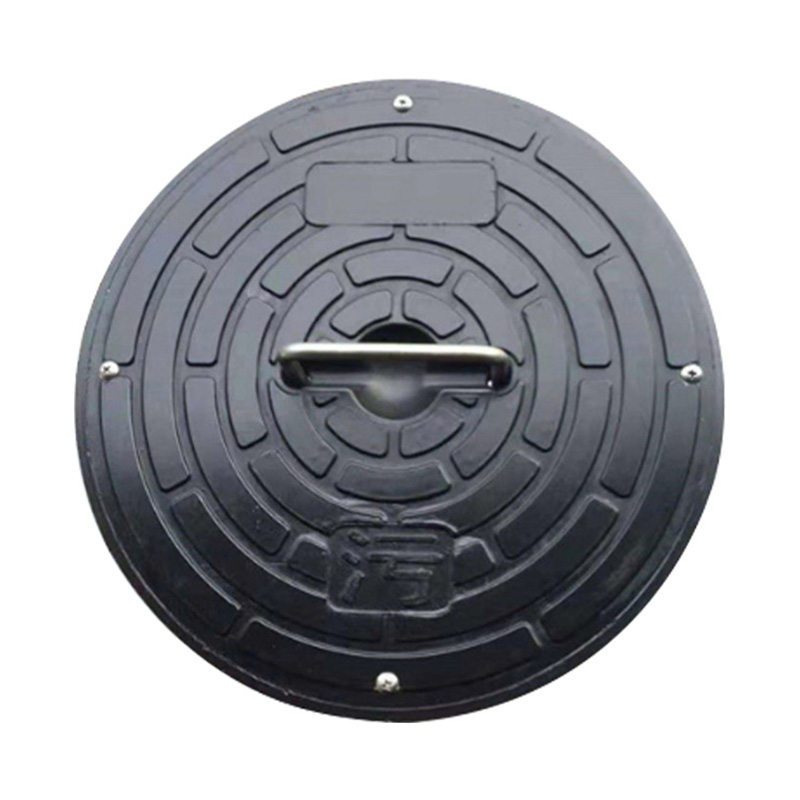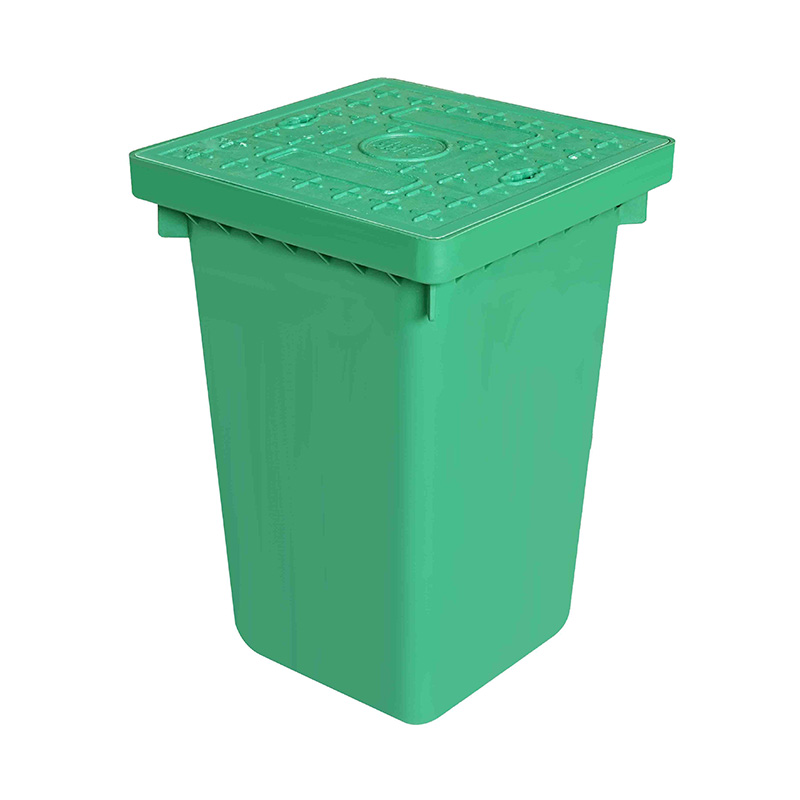A plastic oil water separator is an essential tool for managing oil and water mixtures, particularly in environments like garages, industrial facilities, and residential properties with oil-based wastewater. This device separates oils, grease, and other hydrocarbons from water, ensuring that the water discharged is clean and safe for the environment. Installing an oil water separator in both residential and commercial settings is a straightforward process that can prevent contamination and meet environmental regulations. Here’s a step-by-step guide on how to properly install a plastic oil water separator.
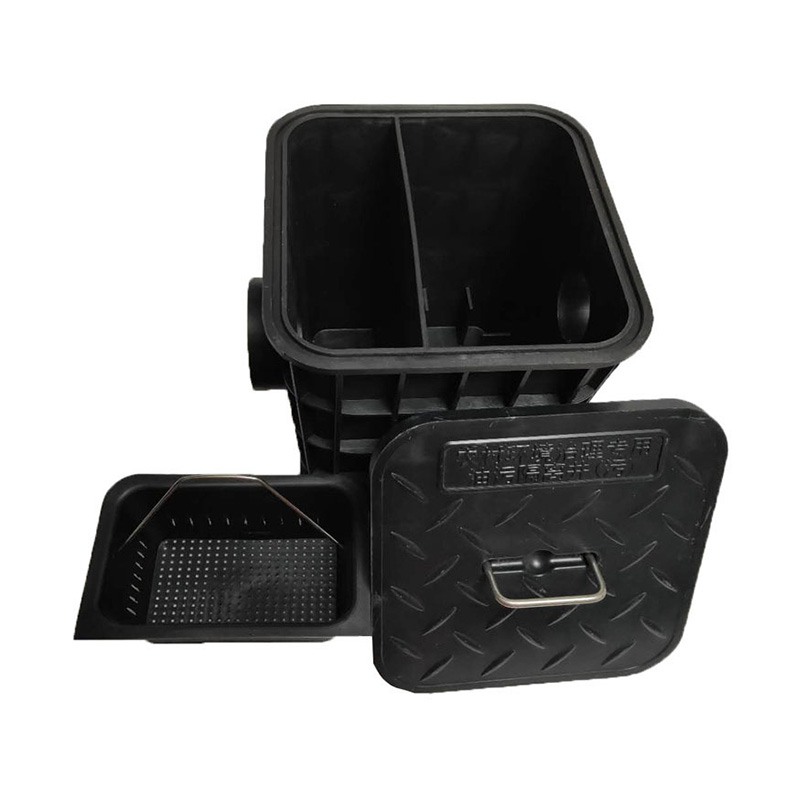
The step in installing a plastic oil water separator is selecting the appropriate model for your specific needs. There are various sizes and designs of separators, ranging from small units for residential use to larger models suitable for commercial facilities. When choosing, consider the flow rate, the type of waste being processed, and the space available for installation.
For residential use, a smaller plastic oil water separator is often adequate, typically used in situations where oil runoff comes from household garages or driveways. In commercial settings, larger units are required to handle higher volumes of wastewater, such as in automotive workshops or food processing plants.
Next, prepare the site for installing the oil water separator. For residential systems, the separator is typically installed underground or at ground level, depending on the layout of the property. For commercial settings, the separator may be placed in a utility room or near the water disposal system.
If you're installing the plastic oil water separator underground, you will need to excavate a trench large enough to accommodate the unit. Make sure the excavation is deep enough to position the separator at the correct height to connect to existing pipes.
Once the site is prepared, place the plastic oil water separator in its designated position. It is essential to ensure the separator is level, as uneven placement can affect the functionality of the unit. Use a level to check that the unit is positioned correctly.
In some cases, you may need to adjust the depth of the unit if it needs to align with the inlet and outlet pipes. If you're installing the separator in a basement or commercial environment, make sure there’s enough space for access and maintenance.
The next step is connecting the inlet and outlet pipes to the oil water separator. The inlet pipe brings the wastewater into the separator, while the outlet pipe carries the treated water away. Use PVC pipes for these connections, as they are durable and resistant to the elements.
Measure and cut the PVC pipes to the correct length, ensuring the pipes fit snugly into the connectors on the plastic oil water separator. Use pipe fittings to secure the pipes to the unit. It’s important to check that there are no gaps or loose connections, as these could result in leaks.
Once the pipes are connected, apply silicone sealant to the joints for added security. Tighten the pipe clamps and connections with a wrench to prevent any leaks in the system.
For performance, ensure that the plastic oil water separator is well-ventilated. If your unit includes a vent pipe, connect it to the system and ensure it is directed upwards to avoid clogging. Proper ventilation allows the separator to work effectively by preventing pressure buildup and ensuring smooth water flow through the system.
Proper maintenance is key to ensuring the long-term functionality of the plastic oil water separator. Regularly check for any blockages or accumulated oil in the separator. Depending on the usage, the oil collection chamber may need to be emptied periodically to prevent overflow.
Installing a plastic oil water separator is a practical and environmentally responsible way to manage wastewater in residential and commercial settings. By carefully following the steps outlined above, you can ensure that your separator is installed correctly and operates efficiently. Proper installation and regular maintenance will keep your system working as intended, helping to prevent contamination and meet regulatory requirements. Whether for your home or business, a well-installed plastic oil water separator offers a reliable solution for treating oil and water runoff.

 English
English русский
русский Español
Español عربى
عربى
